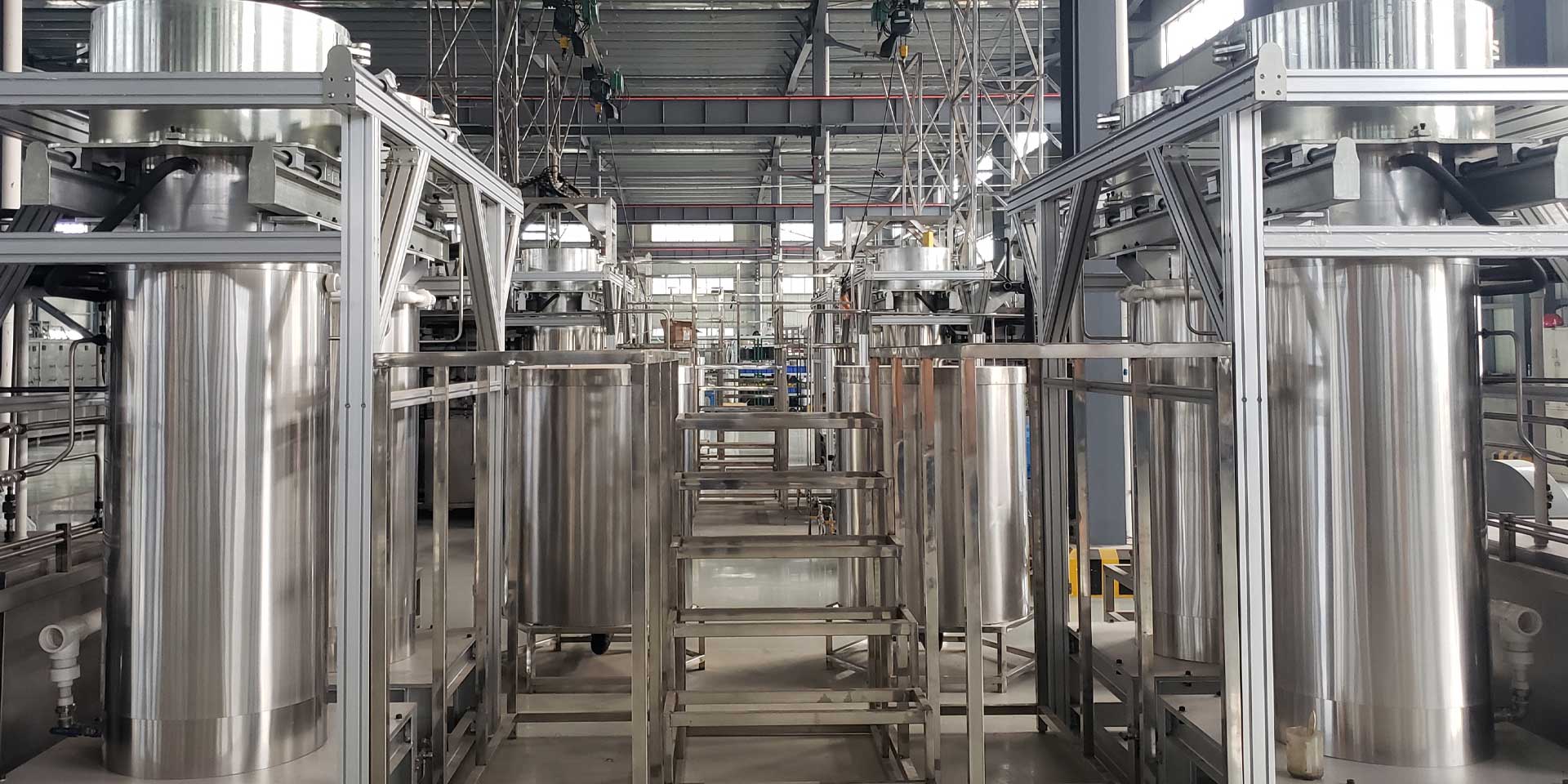
supercritical co2 extractor
supercritical CO2 fluid extraction machine
As you can imagine, not all supercritical CO2 extractors are made the same.
Because each customer’s CO2 extraction process requirements are different, there are almost no identical machines.
Now, you also have a professional 30+ supercritical co2 extractor team.
Since 1989, Nantong Borisbang Industrial Technology Co., Ltd. (BIT) has been engaged in the design and production of supercritical co2 extractorsical fluid systems.
What is a supercritical co2 extractor?
Supercritical co2 extractors utilize SCFE (Supercritical CO2 Fluid Extraction Process) technology because it yields cleaner, purer extractions: for example extraction of fat and essential oil, fragrances and aromas, and active substances. Medicinal plants, as well as common plant substances – such as algae, fruit, vegetables, berries, herbs and spices, seeds, cereals, and nuts –, provide the raw materials. Supercritical CO2 extractors can even be useful for extracting harmful substances from contaminated raw materials.
Supercritical Fluid Extraction Equipment
Freely customize supercritical CO2 extraction systems:
Extraction pressure: 35MPa-105MPa;
Extraction capacity: 10mL-9000L.
- Laboratory scale CO2 extractor 100mL-1000mL;
- Pilot and production scale CO2 extraction equipment 20L-180L;
- Industrial-scale CO2 extraction system 200L-9000L;
- Supercritical fluid fractionation column with corresponding capacity can be customized.
How to choose the right CO2 extractor?
As you can imagine, not all supercritical CO2 extractors are made the same.
For more than 30 years, we have customized many CO2 extraction machines for many companies and university laboratories. Because each customer's CO2 extraction process requirements are different, there are almost no identical machines.
The materials and technology used to make a CO2 extraction machine can contribute to the quality of the machine itself, and how effective that particular machine is for your intended purpose.
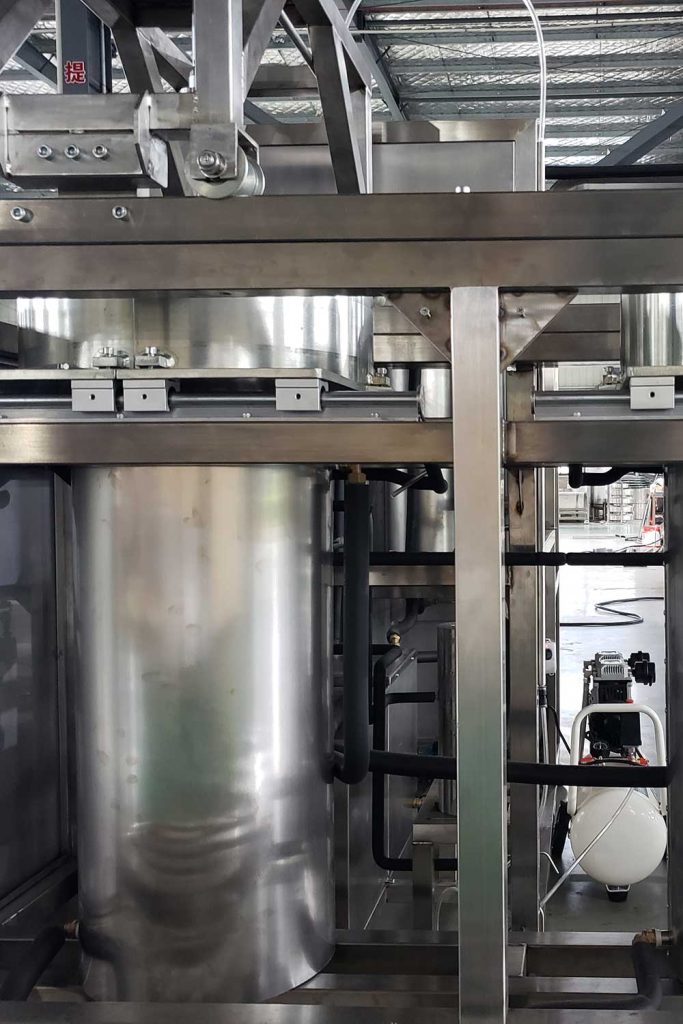
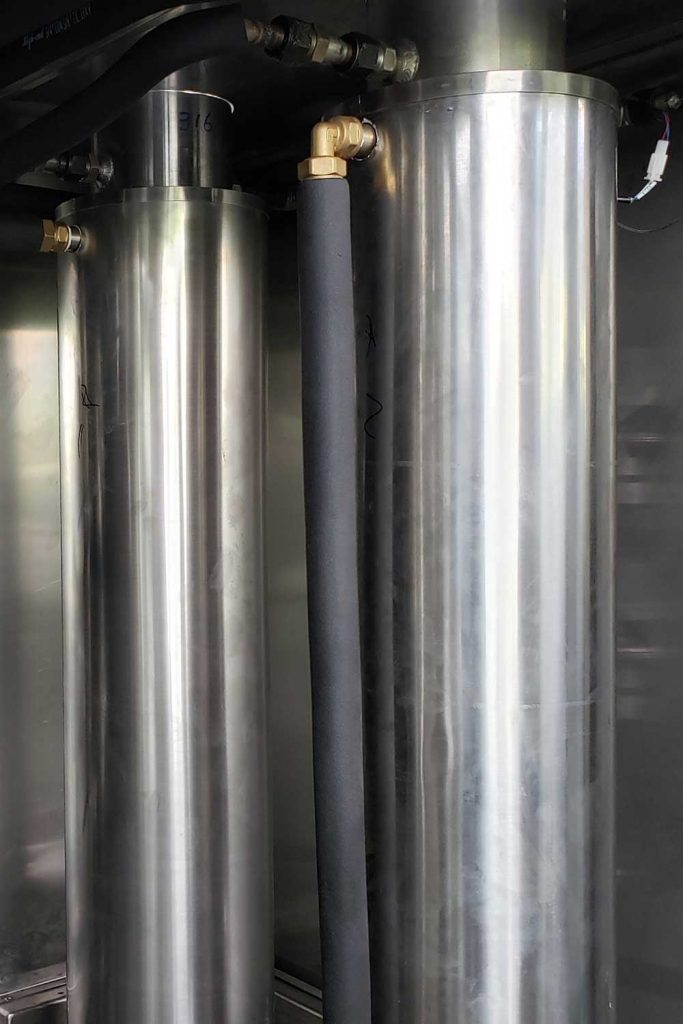
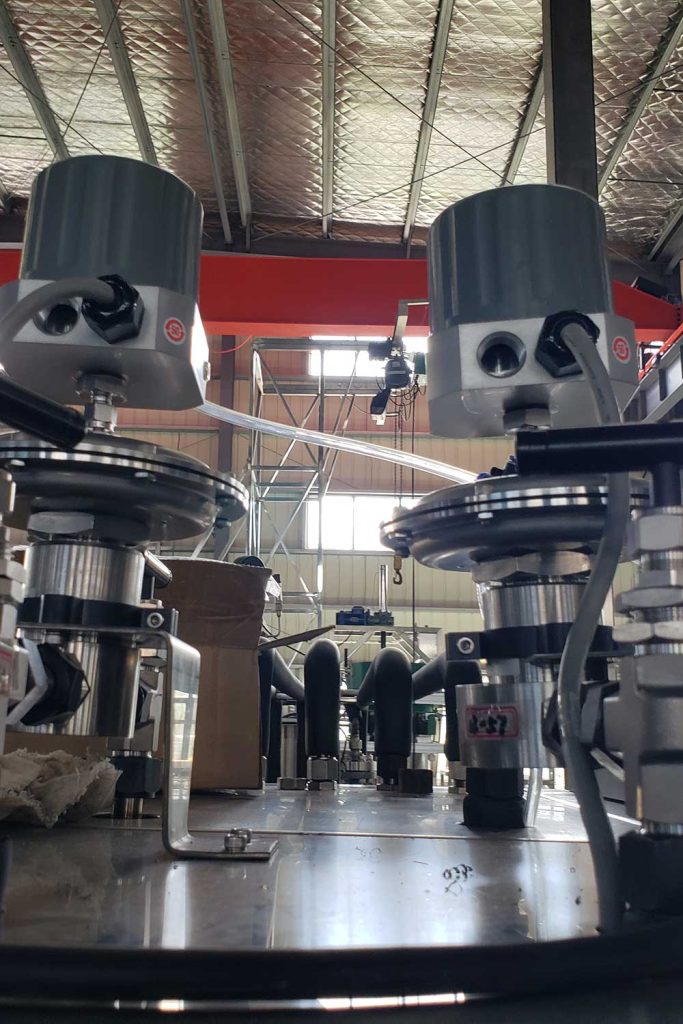
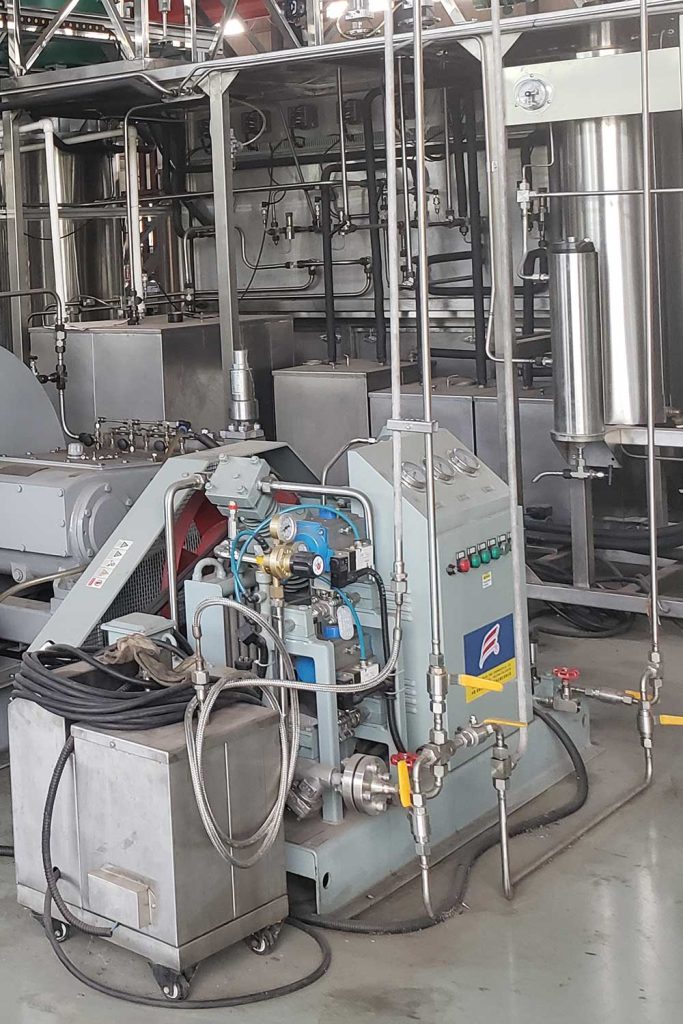
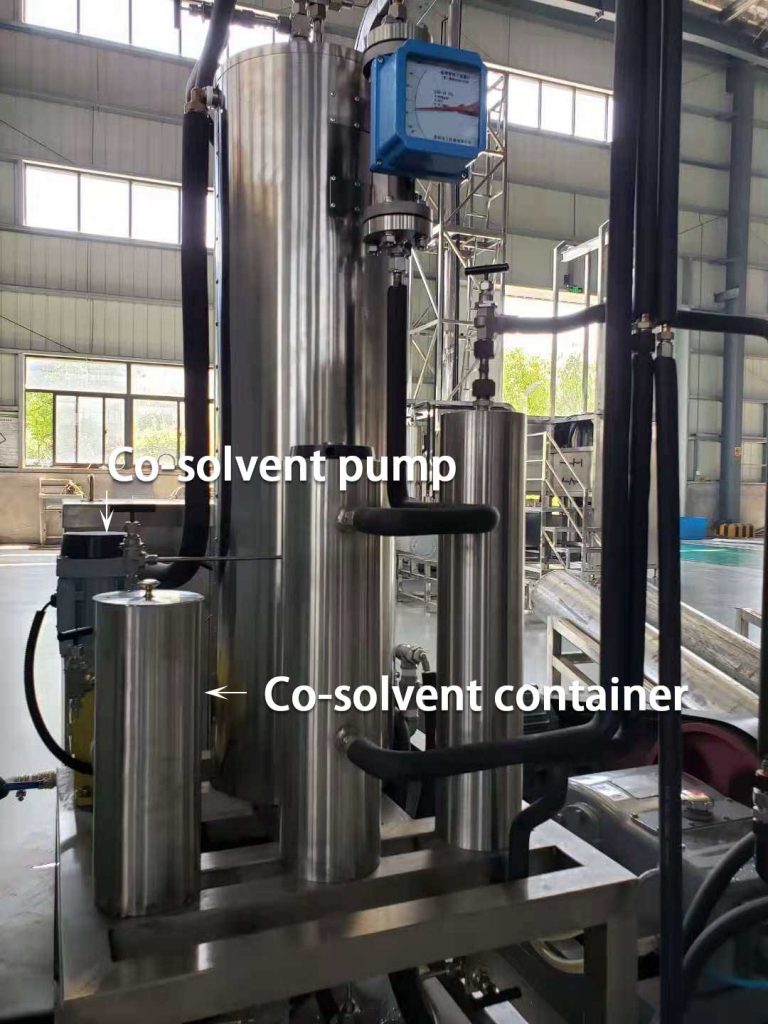
Extraction Vessel Size
The first factor that determines the size of the CO2 extraction vessel is the daily working hours of the plant, which determines the daily extraction batch.
It is important to choose the right vessel size that will meet your current needs as well as future demand. Most extractors are expandable but require downtime and additional investment. A smaller system will come with a 5 L vessel, which will process about 2 1/2 pounds per run with eight runs per day. After a 5 L vessel, the size jumps to 20 liters, which will process 10 pounds per run with six runs per day. From 20 Liters, you can obtain 40, 60, 100, and beyond. After 100 liters, you will be installing industrial size equipment with virtually limitless volume production.
How much biomass will you process per day?
This ties directly back to the correlation between footprint and extraction throughput.
The fact of the matter is that extractors vary greatly in their processing capabilities. A supercritical CO2 extractor can range from a biomass processing capability of 0.1 pounds all the way up to 1000 pounds and beyond.
How many extraction vessels will be used?
Supercritical co2 extractors can have three structural forms, single extraction vessel, double extraction vessel, and triple extraction vessel.
Single extraction vessel: This structure is usually used for laboratory or home extraction (small co2 extraction machine). If we extract a batch of CBD oil for 2 hours, the CO2 extractor with a single container structure needs a minimum of 3 hours, because it requires additional equipment. loading and unloading process. At the same time, after the extraction process, the CO2 gas in the container must be discharged into the air, which wastes a part of the gas(small CO2 extraction machines are usually not equipped with a CO2 recovery system).
Dual extraction vessel: Commercial CO2 extraction machine. Two extraction containers work alternately: one container is extracting, and the other container is resting and waiting after filling.
The CO2 in the container after the extraction work is completed will be transferred to the waiting container, thereby reducing the use of gas and saving the cost of extraction.
Taking the extraction of CBD oil as an example, if each batch takes 2 hours, then 12 batches can be extracted in 24 hours, which is a highly efficient CO2 extraction machine.
Triple extraction vessels: industrial supercritical carbon dioxide extraction machine. Two extraction containers work, and the third container rests and waits after filling.
Taking the extraction of CBD oil as an example, if each batch takes 2 hours, then 23 batches can be extracted within 24 hours, with high efficiency and high machine cost.
Separator (Collection Chambers)
Waxes separation and Light oil separation in 1st separator
Light oil separation in 2nd separator
To trap lightest and volatile compounds in 3rd separator
Once your material has been extracted, it is transferred to the separator (collection chamber). Your collection chambers have a large impact on the quality of your extract. If you have a single extraction chamber you have no ability to obtain multiple qualities or cuts of extract. We suggest a minimum of two to three cascading separators to produce the highest quality extracts. This also gives you the ability to step down the pressure in the system more gradually, which will greatly improve the overall quality.
TERPENES
When choosing your system, it is important to consider terpene retention during the extraction process. You can increase the terpene yield by properly prepping the material and also by adding a vapor condenser or cold trap to the system.
Extraction Pressure
The choice of extraction pressure is a changing factor. If the extraction pressure is too high, the useless substances in the plant will be extracted, such as wax and chlorophyll. If the extraction pressure is too low, the extraction time will be increased.
Another factor to consider is the pressure rating of the extraction vessel and system overall. Generally, the higher the pressure, the more expensive the unit will be. You can purchase a system at the lower end of the supercritical curve around 350 bar or as high as 1050 bar. It is important to note that the larger volume systems become exponentially more expensive with higher-pressure ratings. Depending on your extraction technique, a lower pressure system might be completely adequate. There are two different camps for selecting pressure. Some people think that the lower the pressure the better because there is less impact on the organic compounds but others think higher pressure is better because it ruptures the cell wall more efficiently.
CO2 recovery system
When we extract material, some CO2 gas is lost.
The proportion of loss is about one-third of the material.
If you choose an extraction vessel of 30L or less, our recommendation is to ignore these gases, they are not worth the increased investment in a gas recovery system.
But when the container is larger than 30L, we need a system to recover the CO2 gas in the extraction container, we call it CO2 recovery system.
It will reduce the cost of extraction and ensure the safety of the extraction space. After all, the extraction operator cannot survive in the space full of CO2, especially in the working environment of the industrialized CO2 extraction system.
Principle of Supercritical Fluid Extraction Process



First, the solvent (such as CO2) is passed through the high-pressure pump to reach the supercritical state, above the critical temperature (31ºC) and pressure (1071 psi) becomes a supercritical fluid.
Under the supercritical state, CO2 fluid possesses the properties of a gas and a liquid and is characterized primarily by its excellent dissolving capacities, behaves much like fluid solvents similar to hexane in terms of its solubility selectivity.
This higher solubility means a highly efficient extraction. Raising the temperature and pressure of the liquid CO2 even further provides highly efficient essential oil extractions in a shorter period of time.
(As we all know, under higher CO2 density (such as 40°C and pressure higher than 20.0MPa), supercritical CO2 fluid exhibits strong solubility and lower selectivity. In fact, the extraction rate increases under high-density CO2 Mainly due to the increase of surface wax and other undesirable ingredients. What are the optimization extraction conditions for supercritical CO2 essential oil extraction?)
As it passes through the biomass, the supercritical fluid breaks down the essential oil (non-polar compounds) and dissolves them into the fluid. After the separation of plant essential oil, the pressure-reduced CO2 liquid will enter the high-pressure pump cycle again in the closed-loop system for the next extraction.
Extraction Method of Supercritical CO2 Extraction
- Extraction kettle containing crushed (50-80 mesh) and dried (moisture <10%) animal and plant raw materials.
- The CO2 high-pressure pump boosts the liquid CO2 at the optimal temperature to a supercritical state and feeds it into the extraction chamber.
- The supercritical CO2 fluid (SC-CO2) has the characteristics of gas and liquid, and its excellent dissolving ability dissolves the essential oil (compounds) contained in the raw materials.
- The SC-CO2 is used as a solvent to carry the essential oil (solute) into the separation kettle (separator) after depressurizing through the back pressure valve.
- In a depressurized separator, when the CO2 fluid is at the correct pressure and temperature, the essential oil is separated from the solvent.
- After the CO2 fluid is separated from the extract in the separator, it is purified by the filter and then pressurized by the high-pressure pump again through the mixer and filter purification treatment to enter the extraction kettle for reuse, this is a closed-loop system.
- The essential oil (extract) descends into the separator where they are captured in a collection vessel.
Usually, in the fourth process, we equip three separators:
- Waxes separation and Light oil separation in 1st separator;
- Light oil separation in 2nd separator;
- To trap lightest and most volatile compounds in 3rd separator.
Features of supercritical co2 extractor
- Low-temperature separation: A highly pure unaltered extract obtained, without solvent residues and without degradation of quality by high temperature or oxidation.
- Non-toxic solvents: Such as Carbon Dioxide, leave no harmful residue in the extract.
- Solubility variation: Solvent characteristics, such as viscosity – coefficient of diffusion – dielectric constant – and density (capacity) of gas in the supercritical state, can be varied by simply increasing or lowering extraction pressure and temperature.
- Fractionated extraction and separation: Can process both solids in batch mode and fluids in continuous and batch mode.
- Inexpensive solvents: Units can be adapted for various gases and for gas mixtures, or for the preparation of gases with co-solvent (e.g. acetone, alcohol, etc.). Recommended gas for extraction is CO2.
Advantages of co2 extractor
- Low energy process: Electricity is the only form of energy required because there is no solvent distillation and no steam purging of the residue.
- Fast diffusion: Accomplished because of the low viscosity of CO2.
- Chemically inert solvent: Oxygen is completely excluded from the process because of the closed system design.
- No risk to the environment: By the use of the inexpensive extraction agent – CO2.
- No explosion or fire hazards: High selectivity for the extraction of non-polar compounds.
APPLICATIONS OF SUPERCRITICAL CO2 EXTRACTOR
- Production and transfer of flavors
- Production of natural extracts
- Production of active ingredients for pharmaceuticals and cosmetics
- Extraction of undesired components from liquid and solid products
- Higher efficiency of protein recovery from vegetable and animal materials
- Recovery of mineral oils from rock, sand and slate
- Separation of asphalt from tar
- Blowing of tobacco and extraction of tobacco flavours
- Regeneration of molecular sieves
- Degreasing of catalysts
- Production of essential oils from blossoms, leaves and roots
- Non-alcoholic wine
- Fractionated separation of products
- Fractionated extraction
- Extraction with co-solvent
- Extraction with different gases